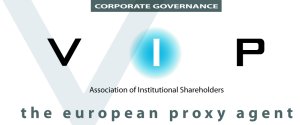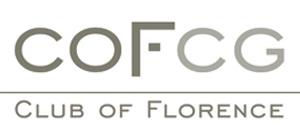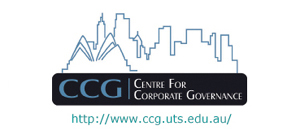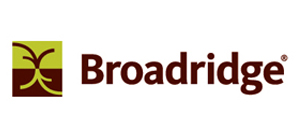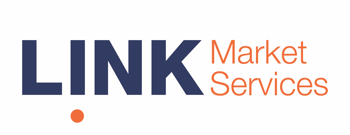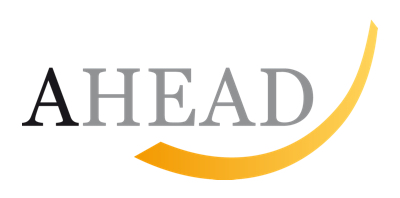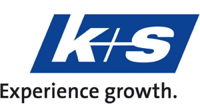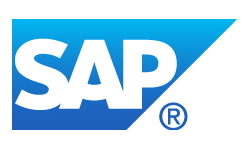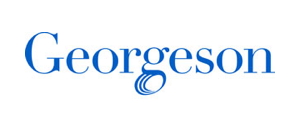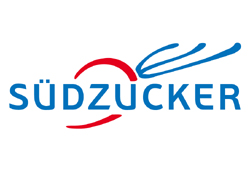ACTIONS CORNER
LANXESS AG: Company on a Shopping Spree
 A good CFO can do a lot with a full wallet. This also applies to the chemical industry, where LANXESS filled the war chest early on at the beginning of the COIV pandemic. The strong balance sheet now helps in a phase in which many players reposition themselves.
A good CFO can do a lot with a full wallet. This also applies to the chemical industry, where LANXESS filled the war chest early on at the beginning of the COIV pandemic. The strong balance sheet now helps in a phase in which many players reposition themselves.
Recently, LANXESS was reported as one of the companies on Lonza´s shortlist in the sale of its Lonza Specialty Ingredients (LSI) unit. But LSI was bought by Bain Capital and Cinven for 4.2 bn SFR in early February. At 13.9 times EBITDA, this transaction proved that some buyers are very hungry for acquisitions. A few days later, LANXESS signed an agreement to acquire Emerald Kalama Chemicals. According to LANXESS, the acquisition will already be earnings per share accretive in the first fiscal year after its completion. The enterprise value was set at 1.075 bn USD, while the purchase price amounts to 1.04 bn USD and will be financed from existing liquidity. In 2020, Emerald Kamala achieved sales of approx. 0.425 bn USD and an EBITDA (pre exceptionals) of approx. 90m USD. The US-based company is a manufacturer of specialty chemicals, especially for the consumer segment, and opens up new applications for LANXESS in the food industry and animal health sector. These include preservatives for food, household, and cosmetic applications, flavors, and fragrances as well as products for animal nutrition.
The transaction is a milestone in a buy-and-built strategy for the consumer sector. Given the full war chest and a dynamic M&A market environment, investors may expect more transactions soon.
K+S AG: How to create maximum Transparency
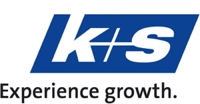 The president of the DPR, Mr. Edgar Ernst, is not a member of the K+S supervisory Board. But the DPR drew attention to this company too. However, it was the BaFin here who caused the irritations.
The president of the DPR, Mr. Edgar Ernst, is not a member of the K+S supervisory Board. But the DPR drew attention to this company too. However, it was the BaFin here who caused the irritations.
On February 17th, K+S reported that at the request of the BaFin, the DPR examines the consolidated financial statements of K+S as of December 31st, 2019, together with the related interim statements as of June 30, 2020. The background to this initiative is an adjustment to its long-term assumptions for the potash business K+S announced in November 2020. Together with an adjustment of the weighted average cost of capital, this resulted in a one-off impairment of approx. 2 bn EUR. This loss was recognized in the financial statements for the third quarter of 2020 and had a correspondingly negative impact on adjusted consolidated earnings after tax and ROCE.
According to K+S, BaFin informed DPR about the reason for the examination as follows: “Specific indications exist because the assets reported in the consolidated financial statements as of December 31, 2019, and the abbreviated financial statements as of June 30, 2020, in particular non-current assets, may be overstated. According to IAS 36, among other things, assets are to be tested for impairment if facts and circumstances indicate that the book value of such an asset exceeds its recoverable amount. If facts and circumstances indicate that this is the case, an entity shall measure, present and explain any impairment loss following IAS 36.
According to the ad hoc release of K+S Aktiengesellschaft dated November 4, 2020, the assumptions regarding the long-term potash price development are now lower and regarding the cost of capital higher than previously assumed. This resulted in an impairment requirement in the Europe+ operating unit of around 2 bn EUR in the quarterly financial statements as of September 30, 2020.”
This is not the kind of news the market has been waiting for. The immediate reactions are clear. While the share price fell sharply, the company indicated its willingness to cooperate fully in the examination and to provide all necessary documents. This I work in progress from now on. However, in any case, the auditors have already been identified as losers. In a best-case scenario, the market will keep the impression that this is an auditing company where BaFin considers a billion-EUR error to be possible.
Commerzbank AG: New Management Style shows Effects
 Do you still remember Dresdner Bank? In one of the riskiest takeovers in European banking history, Commerzbank managed to acquire the ailing competitor in 2008. Today, we are better off than the decision-makers at the time. So we know that the transaction was a financial disaster, wiping out shareholder's equity and frustrating employees and customer, while the management was unable to provide a convincing strategic justification for the purchase.
Do you still remember Dresdner Bank? In one of the riskiest takeovers in European banking history, Commerzbank managed to acquire the ailing competitor in 2008. Today, we are better off than the decision-makers at the time. So we know that the transaction was a financial disaster, wiping out shareholder's equity and frustrating employees and customer, while the management was unable to provide a convincing strategic justification for the purchase.
Over a decade later, the bank is still suffering from the consequences of the ill-considered transaction. One of the consequences was the high frequency of restructuring programs. As a shareholder, you didn´t have to remember them because they were often overtaken by a new program before they were fully implemented. But the time of creative self-management of misery may be over now.
The cultural change started already in 2020 when the management was reinforced by people from outside the company. The first tangible results came to light in early 2021 with the announcement of its intention to write off goodwill of around 1.5 bn EUR due to deteriorating market parameters, in particular the level of interest rates in the EUR area and Poland. Also, the risk result of at least minus 1.7 bn EUR exceeded some market expectations. A few weeks later, the details of a restructuring program followed. The remarkable thing about it is not the dimensions. But the bank seems to be sacrificing several sacred cows for its future, which is especially true for the oversized branch network.
Bayer AG: Agreement with Plaintiffs´ counsel on class plan
 Occasionally you have an early idea of what´s coming up. For example, I had a vision of an agreement between the parties in the ongoing dispute over the Roundup™ cases when I saw new advertisements asking me to join the lawsuit.
Occasionally you have an early idea of what´s coming up. For example, I had a vision of an agreement between the parties in the ongoing dispute over the Roundup™ cases when I saw new advertisements asking me to join the lawsuit.
What a coincidence that Bayer announced around this time a formal agreement with plaintiffs´ counsel on a class plan designed to manage and resolve future Roundup™ cases. As part of the agreement, the company would be committed to pay up to 2 bn USD, provision was made and disclosed last year, to support the claims and programs covered by the class plan.
The agreement, which is subject to approval by Judge Vince Chhabria of the U.S. District Court for the Northern District of California, is intended to be one part of a holistic solution designed to provide further closure to the Monsanto Roundup™ litigation. Including the 2bn USD from this agreement, the total amount of this indirect purchase price element for the Monsanto acquisition thus exceeds the mark of 10 bn USD.
SAP SE: Insurance is expensive these Days
 Occasionally companies have a lucky hand with their investments. The SAP/Qualtrics story looks like a good example. Qualtrics claims it has pioneered a new type of software, called experience management. The basic idea of this concept is to help organizations to design and improve the experiences of customers and employees via its XM software platform, which has approx. 13,000 customers. In 2018, the company went public with an initial valuation of 4.3 bn USD. Just a few days later, SAP acquired Qualtrics for approx. 8bn USD.
Occasionally companies have a lucky hand with their investments. The SAP/Qualtrics story looks like a good example. Qualtrics claims it has pioneered a new type of software, called experience management. The basic idea of this concept is to help organizations to design and improve the experiences of customers and employees via its XM software platform, which has approx. 13,000 customers. In 2018, the company went public with an initial valuation of 4.3 bn USD. Just a few days later, SAP acquired Qualtrics for approx. 8bn USD.
SAP announced in July 2020 that it planned to spin out Qualtrics while keeping a substantial part of the equity. Following the IPO filing in December, 56.6 million shares have been placed at 30 USD each. On the first day of trading, January 28th, the shares closed 51 percent up at 45.5 USD, while the market cap reached 27.3 bn USD (based on the total of 503.4m shares issued). The lucky winner of this transaction is the private equity company Silver Lake, which bought approx. 4.8 percent of Qualtrics in a private placement preceding the IPO. While the consideration for half of these shares was defined as the placement price in the IPO, the remaining half was valued at 21.64 USD per share.

